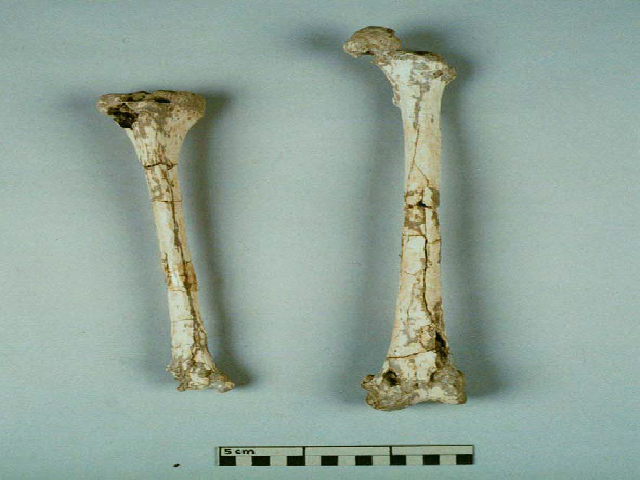A New Model for the Evolution of Homo Sapiens from the Wallacean Islands
Keywords:
Flores, Homo erectus, Homo floresiensis, Homo sapiens, Migration model, Wallacean islandsAbstract
Paul Storm (1995) investigated the pattern of evolution of modern man in Southeast Asia. He discovered that the populations of Southeast Asia could be subdivided in two types, the Sunda-type and the Sahul-type, on the basis of skull morphology. In his investigation he included two skulls from Flores. Flores is an island located in Wallacea between the Sunda and Sahul shelves. It has always been surrounded by water, even during periods of low sea level. The two skulls from Flores did not clearly resemble either the Sunda or Sahul skull type. Since Storm was most interested in the Wajak skulls from Java (Storm, 1995), he did not pursue the problem of the Flores skulls further.
In the present study, the role of these two skulls in the evolution of modern man in Southeast Asia is investigated. To this end, twelve prehistoric individuals (including the two skulls and their postcranial remains) from five caves and one open site have been described. Comparison with prehistoric and recent remains from the surrounding areas have led to a new model for the evolution of Homo sapiens from the Wallacean islands. This model assumes a separate line of evolution for the populations of Wallacea.





